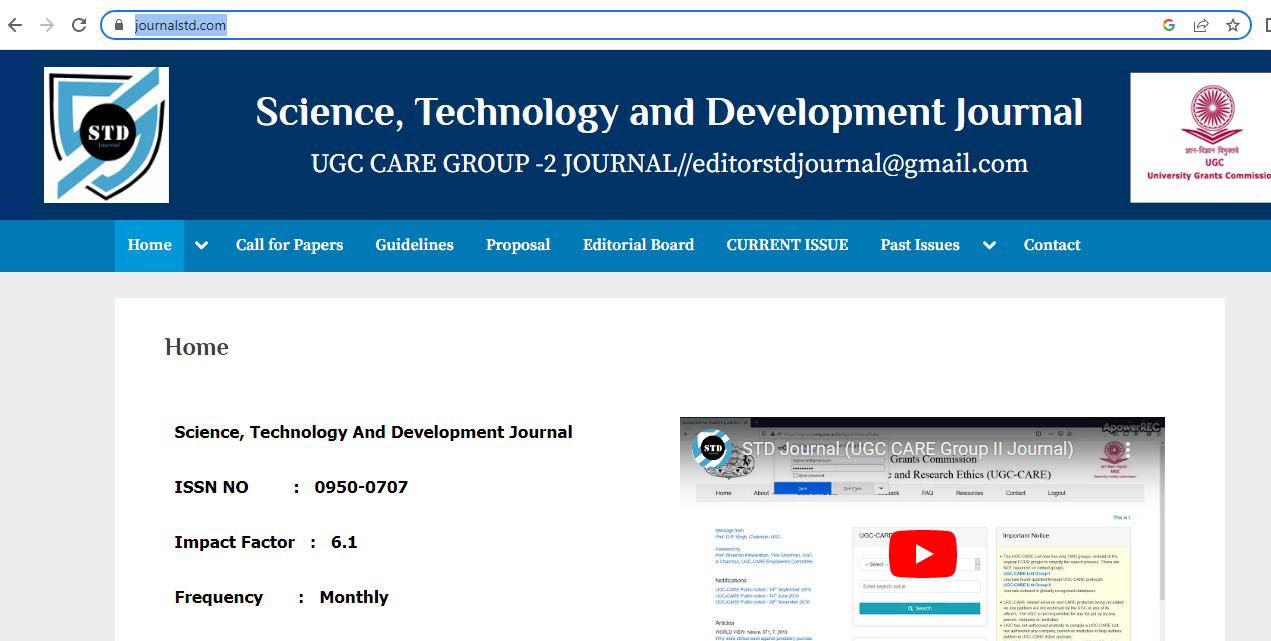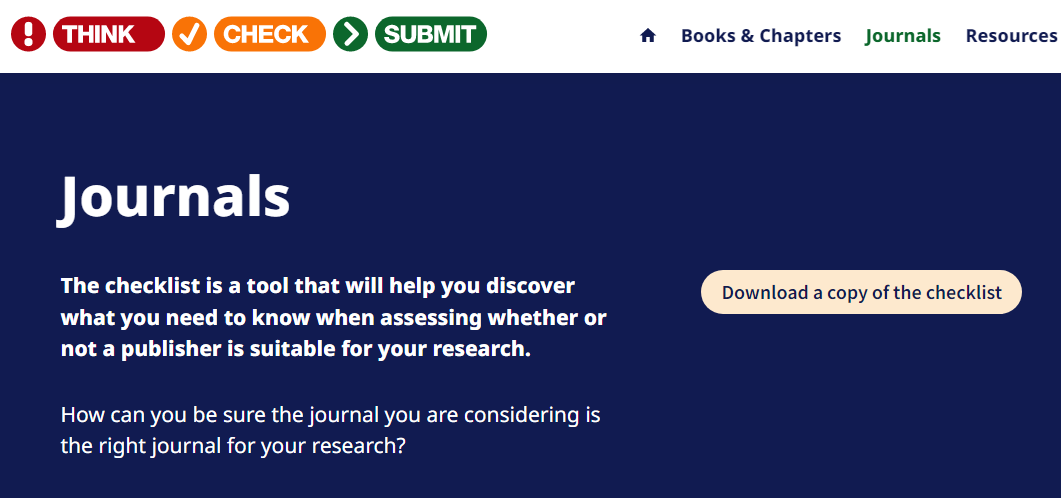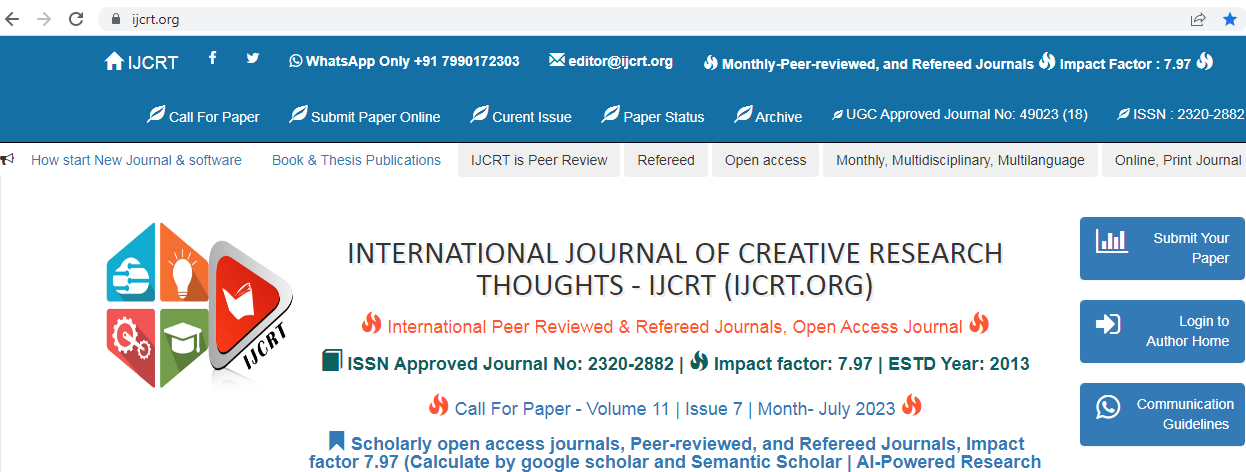What are the drawbacks of publishing with fake/bogus journals?
Reputed journals maintains quality publication by following standard practices of publishing following standard review process with reputed reviewers in the respective research fields Due to the standards maintain by reputed journals, there is standard in the research paper quality. Drawback are No reputation being built-up for the authors who are publishing in fake/bogus journals No visibility at global scale No citations by reputed authors internationally Authors who are publishing with fake/bogus journals are not to a standard.






